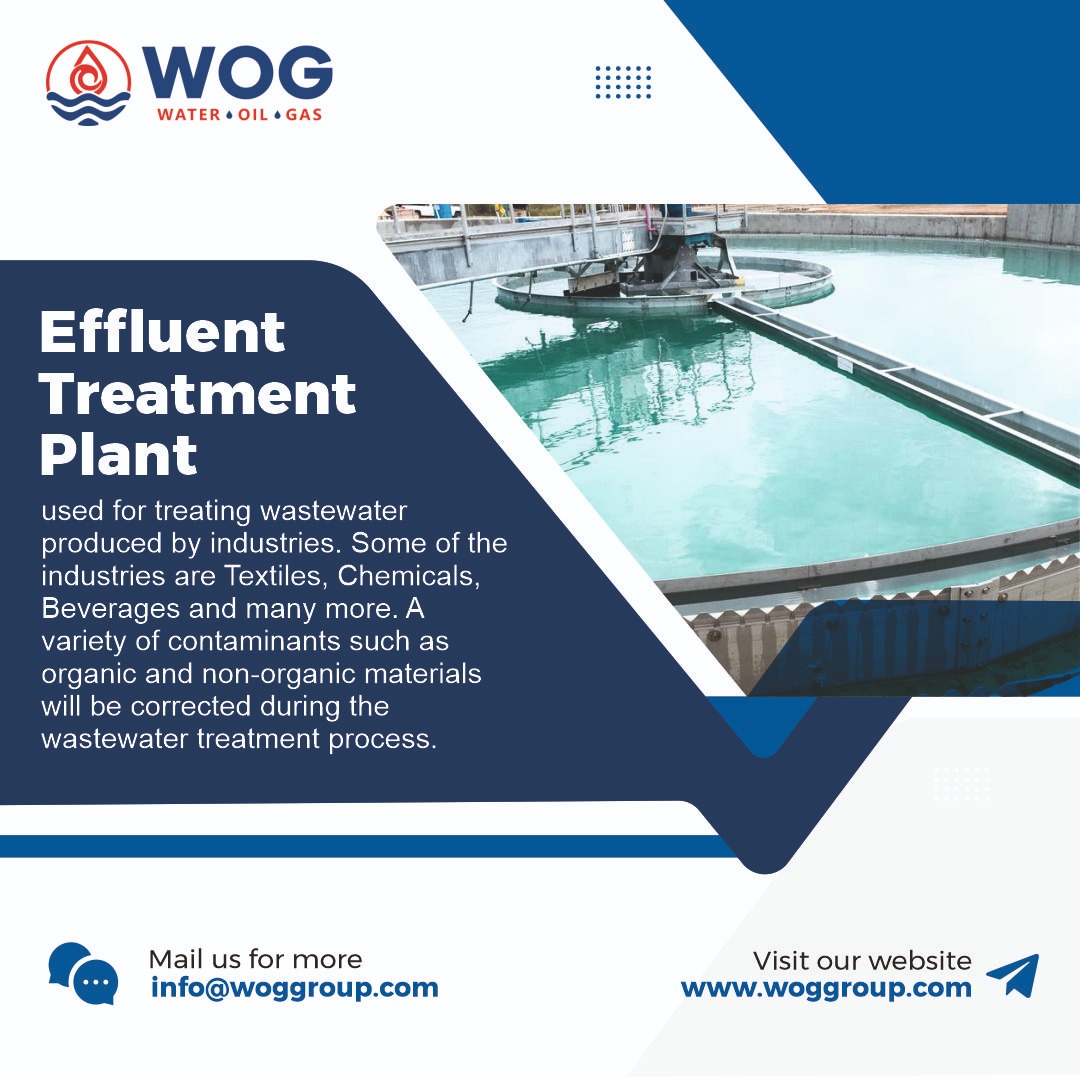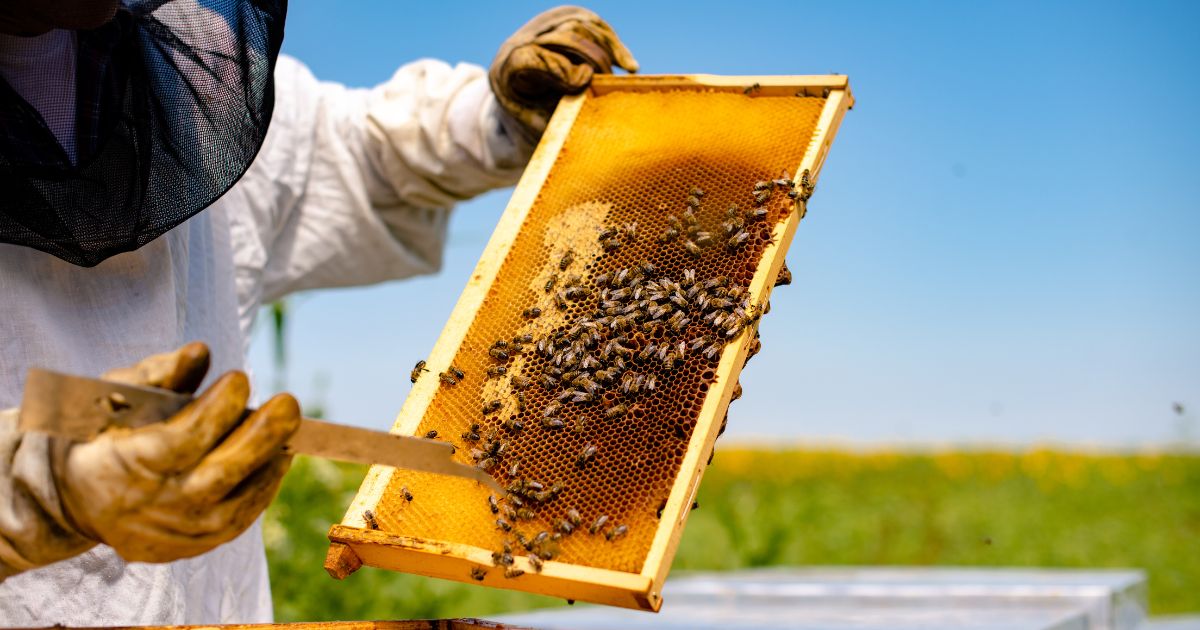How to Optimize Industrial Effluent Water Treatment Processes

Are you trying to find solutions for Industrial effluent water treatment more efficiently?
We will provide insightful advice on how to cut expenses, optimise your water treatment processes, and lessen the environmental effects of your industrial effluent. Through the application of these optimisation techniques, you may meet legal requirements, and higher standards for water purity, and improve the overall productivity of your industrial processes.
We are eager to share the results of our team of specialists’ analysis of the best practices for industrial effluent water treatment.
This article will also provide the information and resources you need to enhance your water treatment procedures if you work in manufacturing, mining, chemical, or any other industry that generates wastewater.
Learn about cutting-edge technologies, useful advice, and best practices that can completely transform your effluent water treatment plant.
By working together, we can preserve your industrial operations’ productivity and profitability while ensuring the responsible use and disposal of water resources.
Importance of optimising industrial effluent water treatment processes
For several reasons, industrial effluent water treatment process optimisation is crucial.
-
Sustainable Water Management:
An increasing global issue is water scarcity. Industries can recycle or reuse treated effluent for non-potable uses, such as irrigation or industrial activities, and reduce water usage by improving effluent treatment processes. This lessens the demand for natural water sources, preserves freshwater resources, and encourages sustainable water management techniques.
-
Environmental Protection:
Organic molecules, hazardous chemicals, and heavy metals are among the pollutants found in industrial wastewater. If left untreated, these contaminants have the potential to poison soil, waterways, and ecosystems, severely degrading the environment.
-
Protection of Human Health:
If released untreated or processed incorrectly, industrial effluent can seriously endanger human health. Effluent pollutants have the potential to harm human health by contaminating sources of drinking water or making their way into the food chain. Efficient removal or reduction of contaminants through optimised treatment methods protects public health and guarantees the security of water supplies.
-
Protection of Infrastructure:
Corrosive materials found in untreated or inadequately treated industrial effluent can harm infrastructure, such as pipes, sewer systems, and wastewater treatment facilities. Industries can guarantee the longevity and effectiveness of industrial wastewater treatment systems, reduce maintenance costs, and eliminate corrosive elements and infrastructure degradation by streamlining treatment processes.
Steps to optimise industrial effluent water treatment processes
-
Perform a Comprehensive Assessment:
Start by thoroughly evaluating the characteristics of the industrial effluent, such as its volume, composition, and flow rate. Determine the precise contaminants and their concentrations that are present in the effluent. This evaluation will assist in identifying the proper technology and treatment approaches required for optimisation.
-
Establish Treatment Objectives:
Clearly state what the treatment goals are going to be, considering industry needs, effluent quality standards, and environmental regulations. Also, set goals for resource recovery, water reuse, and pollution removal or reduction.
-
Put Source Control Measures Into Practice:
To stop or reduce the production of pollutants at their source, concentrate on source control measures. Process changes, chemical or raw material substitutions, or the application of best practices to lower waste production could all be part of this. It is possible to reduce the total treatment needed by addressing the source of the contaminants.
-
Examine Current Treatment Technologies:
Consider adding or updating cutting-edge treatment technologies that shorten treatment times, increase removal efficiency, and boost overall process performance. Such techniques as coagulation, flocculation, sedimentation, filtration, activated carbon adsorption, membrane processes, or biological treatment systems are examples of physical, chemical, or biological treatment methods.
-
Optimise Process Parameters:
To attain the best possible treatment performance, adjust the process parameters. This involves modifying elements including chemical concentrations, dosage rates, temperature, pH, and retention times. Possibilities for optimisation and fine-tuning will become apparent with regular process variable monitoring and analysis.
-
Establish Monitoring and Control Systems:
Continuously monitor the effluent characteristics, treatment performance, and process parameters, and install a strong monitoring and control system. This enables optimisation and real-time modifications depending on the gathered data. Automated control systems can reduce human error while maintaining reliable and effective operation.
Methods of Handling Industrial Runoff Water
Standard wastewater treatment solutions include several hazardous compounds, thus an exclusive treatment process, or ETP, is required. The significance of sewage and industrial effluent is greater when evaluating wastewater treatment options.
Typical methods provided by industrial wastewater treatment systems include the following:
-
Physical treatment:
This includes filtration, sedimentation, and screening to remove particles and other impurities from the wastewater.
-
Chemical treatment:
This process uses chemicals to either remove or neutralise pollutants from wastewater. Examples include flocculation, coagulation, and chemical precipitation.
-
Biological treatment:
Biological treatment involves using microbes to decompose organic compounds in wastewater such as trickling filters, activated sludge, and anaerobic digestion.
-
Membrane treatment:
This technique uses membranes to extract impurities from wastewater. Examples include ultrafiltration, nanofiltration, and reverse osmosis.
-
Electrochemical treatment:
Electrochemical treatment is the process of oxidising or reducing pollutants in wastewater by using an electrical current. Thus, a few examples include electrochemical reduction, electrochemical oxidation, and electrocoagulation.
What Effects Do Wastewater and Industrial Wastes Have?
Water pollution is one of the most destructive consequences of industrial waste. In many industrial operations, water that comes into contact with hazardous compounds is beneficial. These molecules could be organic substances like metals or food can be radioactive. Numerous commercial and industrial establishments, particularly in urban and suburban regions, generate industrial effluents that provide significant environmental risks. It begins to poison the soil, groundwater, air, and surface. Appropriate handling and disposal of waste are some of the world’s most significant problems. Industrial wastewater harms aquatic, terrestrial, and agricultural life and degrades the environment, crops, and soil. Food products that have spilt industrial effluent are therefore of lower quality.
Harmful Impact of Wastewater
Wastewater from industry can harm ecosystems, human health, and the environment in various ways.
-
Health risks:
Untreated wastewater may include illnesses, toxins, and other compounds that affect public health. Untreated wastewater exposure can transmit Hepatitis A, cholera, and other waterborne infections.
-
Algae formation:
Nutrients in wastewater, such as nitrogen and phosphorus, can promote algae growth in water bodies. This could result in toxic algal blooms, endangering aquatic life and human health.
-
Soil Contamination:
Chemicals and heavy metals in wastewater can hinder plant growth by polluting the soil. Crop yields and food security may suffer, as will soil quality and productivity.
-
Climate Change:
Emissions of methane, a potent greenhouse gas, during the wastewater treatment solution process, can contribute to climate change. As a result, methane develops in wastewater when bacteria degrade organic material.
-
Environmental Pollution:
Wastewater may contain various contaminants, such as pathogens, chemicals, heavy metals, and nutrients while released into the environment, can pollute soil and water supplies. As a result, this will harm species, particularly aquatic life as ecosystems.
Using freshwater sources for non-potable uses is more expensive than wastewater treatment plants. Using treated wastewater promotes sustainable development by reducing water stress, protecting freshwater resources, and reducing the environmental effects of wastewater disposal.










